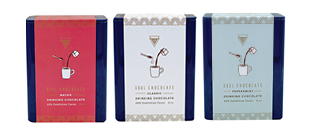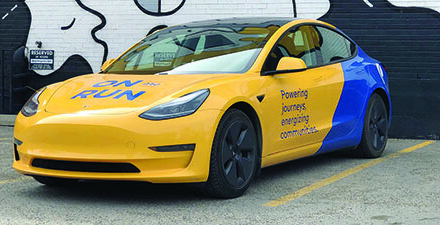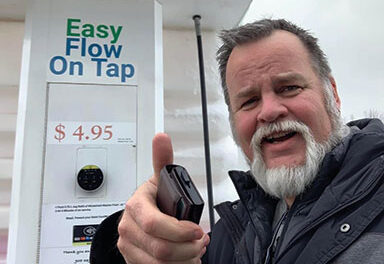
Spilling the Beans About Hot Beverages
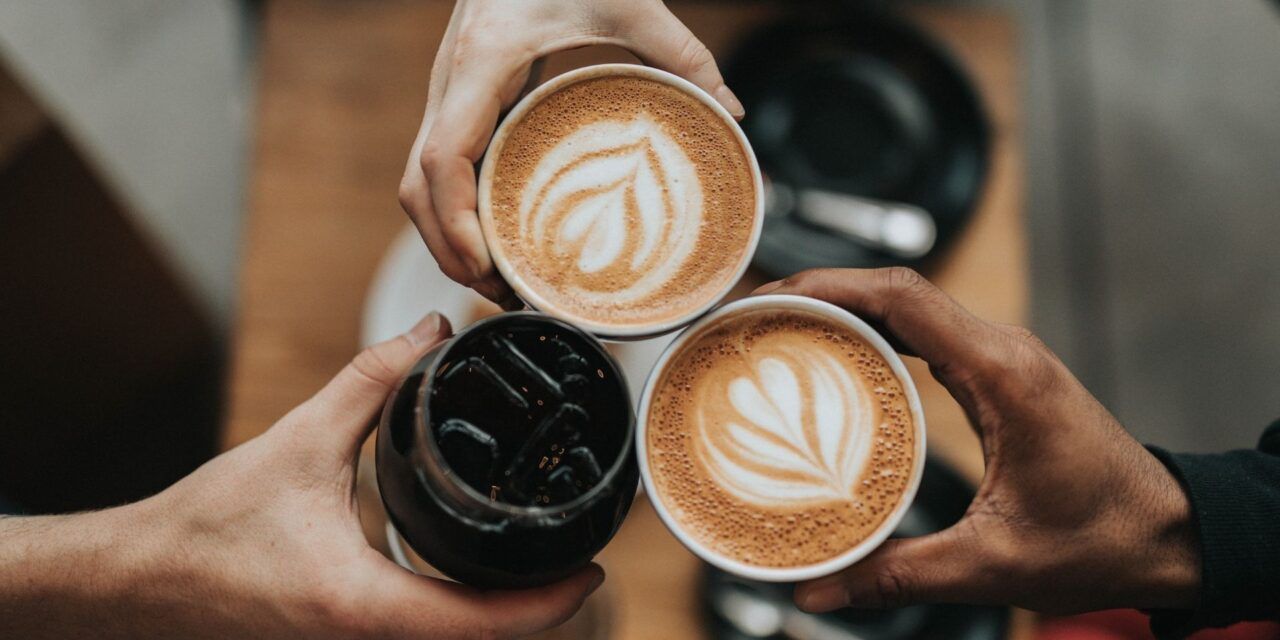
By Angela Altass
Hot beverages: Consumers are still drinking them but what is being consumed, and where, has changed a lot since the start of the pandemic.
“Euromonitor data shows that the home segment saw consumption grow by 15 billion litres worldwide last year, which is about three per cent overall,” Matthew Barry said at a session on The Lasting Effects of COVID-19 on Tea and Coffee during the recent virtual Tea and Coffee World Cup Conference. “Meanwhile, outside the home, in foodservice, we saw consumption fall about 28 billion litres.”
Canada is experiencing growth in herbal tea consumption, said Barry.
“People drink tea a lot as an immune booster or something to help them feel better when they are sick so obviously 2020 was a big year for tea,” he said. “Mental well-being is the functionality to look at for tea and coffee as people continue to feel stressed.”
Even though people are experiencing sleeping issues, decaffeinated products are generally not being considered as a solution, said Barry.
“While some things, such as herbal teas are doing well, these are naturally decaffeinated,” noted Barry, “but there isn’t really a desire for products that have caffeine removed from them. If anything, it’s the opposite and products with more caffeine added, like Death Wish Coffee, are doing very well. Consumers are looking for more caffeinated options. This creates the caffeine paradox. We know consumers are worried about stress, anxiety and insomnia but they’re also demanding higher levels of caffeine, which is known to worsen these concerns.”
Consumers want calming beverages as they want to be more relaxed and get better sleep but they need energy to get through their day and need wins over want, stated Barry.
The way in which consumers make decisions about what they are going to drink has been changing, William Murray, president and CEO of the National Coffee Association of the U.S.A. stated during the Tea and Coffee World Cup Conference.
“A generation ago, the key factors that lead consumers to make decisions were price, convenience and taste,” he said. “Over the last 15 or 20 years, these factors have been supplemented by other considerations. Consumers are now thinking about health and wellness. They are thinking about product safety and the social side of the choices they are making; whether the packaging is recyclable and who is involved in the preparation and production of the products they are consuming.”
It would be an understatement to say there is a growing demand for high quality Japanese green tea, said Rona Tison, vice president of corporate relations and public relations, ITO EN (North America) Inc. during the Tea & Coffee World Cup Conference. “Green tea has become the fastest growing segment in the industry and is expected to grow 10 per cent in the coming decade, compared to 6.5 per cent in the other tea categories,” she said.
The tea market has gone through dramatic changes, Carman Allison, vice president, sales consumer intelligence, North America, Nielsen, said during an online Level Up session by the Tea and Herbal Association of Canada. Tea benefited greatly from the pandemic with sales up 18 per cent in 2020, said Allison.
“Tea is the perfect beverage for staying at home,” noted Allison. “So, even though 2021 is showing sales going down, let’s put that into perspective. If you get rid of 2020 and just compare 2021 to the same point in 2019, we are still up about 11 per cent with $8 billion of new growth. Last year was obviously an anomaly but we are still trending above where we were a couple of years ago.”
There is a growing audience that is looking for quality products on the go, said Kyle Wilson, owner, Soul Chocolate.
“I believe consumers are looking for something that fits their lifestyle,” said Wilson. “They want something that looks as great as it tastes. That’s why we have put such a focus on the aesthetics of our products and, once they crack it open, the quality of the drink speaks for itself. Quality drives future purchase decisions. Our hot chocolate products are elevated versions of the hot chocolate you would drink growing up: rich and full of flavour, just a little less sweet.”
The Coffee Association of Canada’s annual Canadian Coffee Drinking Trends Study, which will be revealed in greater detail at the association’s conference on November 16 and 17, shows that while overall coffee consumption remained steady through the pandemic, there was a shift to coffee preparation in consumer’s homes, which has impacted the out-of-home market.
“In any given month, seven in 10 Canadians will have consumed a coffee in the past day,” said Robert Carter, president of the Coffee Association of Canada. “Now, in the later months of 2021, we are still in recovery mode. As of August 2021, 23 per cent of respondents had a coffee prepared out-of-home the previous day compared to pre-pandemic levels of 40 per cent.”
Coffee is a beverage that has been consumed for generations, said Carter.
“I think in the last five to 10 years, we’ve seen more innovation come into the coffee category and we’ve seen an aggressive expansion of the types of beverages that are now available,” said Carter. “Specialty and espresso based beverages have been popular for many years but we are starting to see those types of beverages really move to the forefront while the traditional brewed coffee, although still very popular, is not seeing the same type of growth.”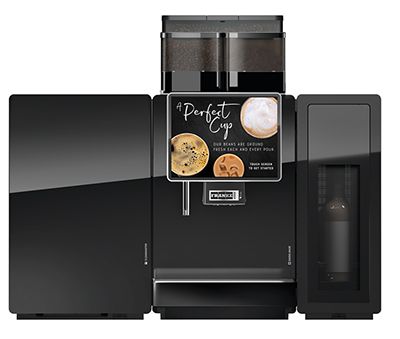
Coffee is a category within the convenience store and gas channel that Carter thinks is underdeveloped.
“In Canada, coffee is the number one consumed beverage so this is a very robust category and it’s very profitable,” he said. “Having a well-structured and strong coffee program drives customer traffic and really allows you to establish a point of difference compared to your competitors. I think for convenience and gas there is a very good opportunity to enhance coffee programs; to work with roasters and some of the micro-roasters that are coming up in the industry. Hopefully all of the convenience store and gas station operators will see that there is a real opportunity here to drive revenue and customer traffic.”
Due to the circumstances of the pandemic, some convenience store clients shared concerns about coffee stations and expressed interest in new solutions to help with the cleaning and sanitizing involved in maintaining safe coffee stations, said Gene Grimm, marketing specialist, Van Houtte Coffee Services.
“To ensure our customers could continue to offer a safe coffee brewing experience for their customers, we implemented a number of new safety measures with creative and innovative solutions,” said Grimm.
There are several factors that customers are seeking when it comes to visiting a convenience store to purchase coffee or other hot beverages, said Grimm:
- Customers are looking for a credible destination – one that is clean, well-maintained, and offers consistently fresh, quality coffee.
- An appealing selection of coffees and hot beverages that will please customers’ discerning tastes and offer them the selection they crave for that day.
- Popular brands with eye-catching branding/merchandising that brings life to the coffee area.
- Coffee and hot beverages that are affordable and convenient making it easy for them to quickly grab and go.
- Top-of-the-line coffee-brewing equipment that offers freshly brewed beverages and an assortment of hot beverage options, including indulgent beverages, milk-based or espresso-based options and teas just like they would find at their favourite coffee shop or drive-thru. It’s conenience at its’ best when in a hurry or to avoid multiple stops to please all your road-trip passengers.
- In-store safety measures/signage and thorough sanitization protocols that bring peace of mind to customers when at the coffee station.
When purchasing hot beverages outside the home, consumers are now looking for specialty coffee beverages that they cannot create at home, said Krista Reddington, senior marketing manager, Franke Coffee Systems North America, which recently expanded its A-Line series of super automatic equipment with the new A1000 FLEX, delivering traditionally brewed coffee and espresso beverages in one machine.
“Whether your customers are looking for a cup of coffee to get going in the morning, or want to treat themselves to an iced mocha in the afternoon, the A1000 Flex offers the beverages your customers crave for every moment throughout the day,” said Brittany Tresemer, marketing director at Franke Coffee Systems Americas. “The A1000 FLEX allows customers to choose coffee or espresso, hot or iced, whole or non-fat milk for espresso beverages, the option to leave room for cream for their coffee, and up to six different flavor options. The possibilities are almost endless with the A1000 FLEX making a coffee to go an experience that stays.”
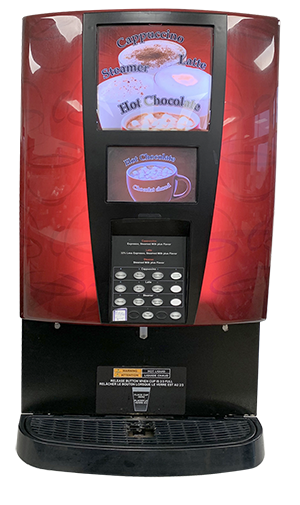 When serving specialty coffee and espresso beverages, automatic machines that can deliver coffee and espresso beverages with fresh dairy milk, hot or iced, and a wide variety of options to customize, such as chocolate powder and syrups, in a self-serve application, make it easy for the customer and the location, stated Reddington.
When serving specialty coffee and espresso beverages, automatic machines that can deliver coffee and espresso beverages with fresh dairy milk, hot or iced, and a wide variety of options to customize, such as chocolate powder and syrups, in a self-serve application, make it easy for the customer and the location, stated Reddington.
“Less labour, less waste and customizable specialty beverages, including mochas and hot chocolate, are an all-around solution everyone enjoys,” she said.





